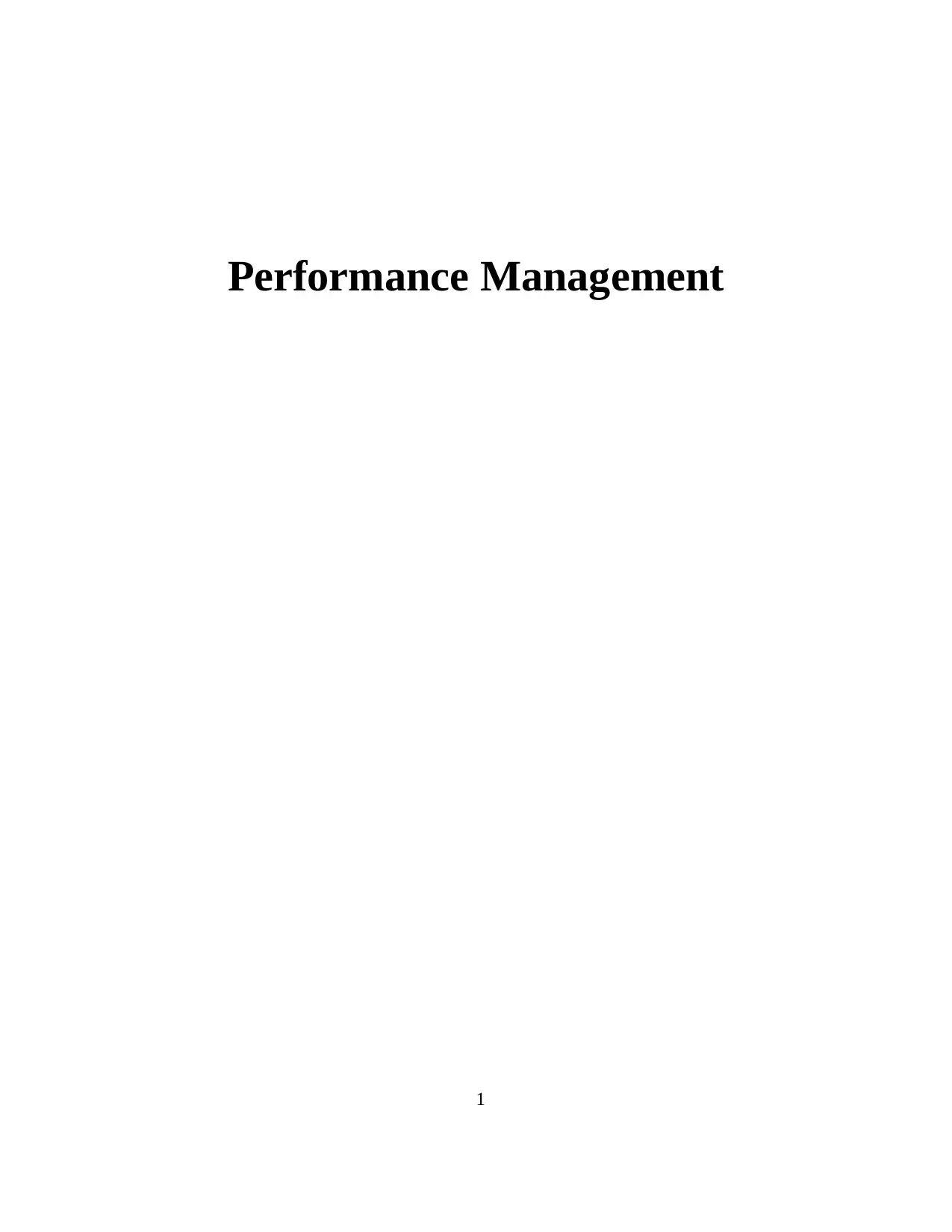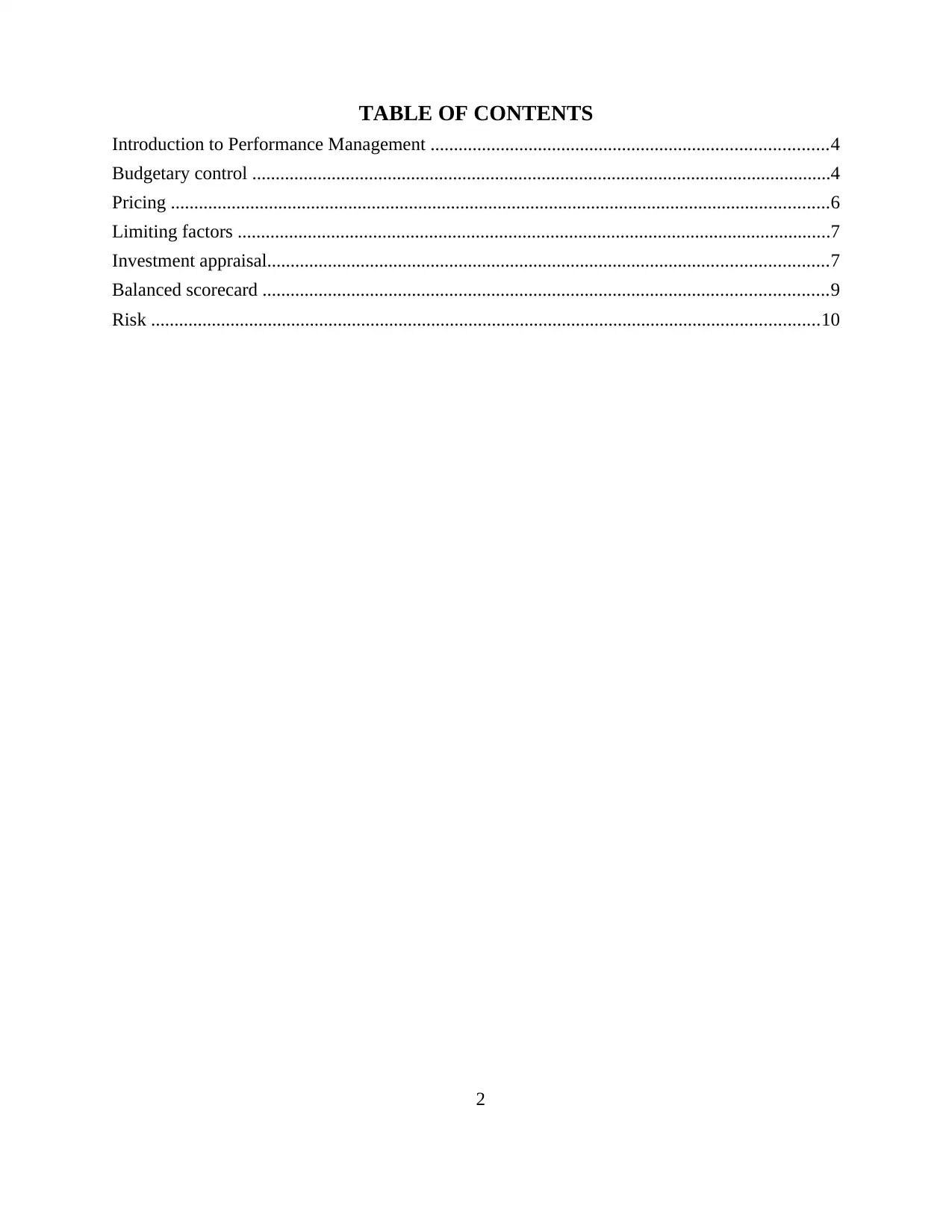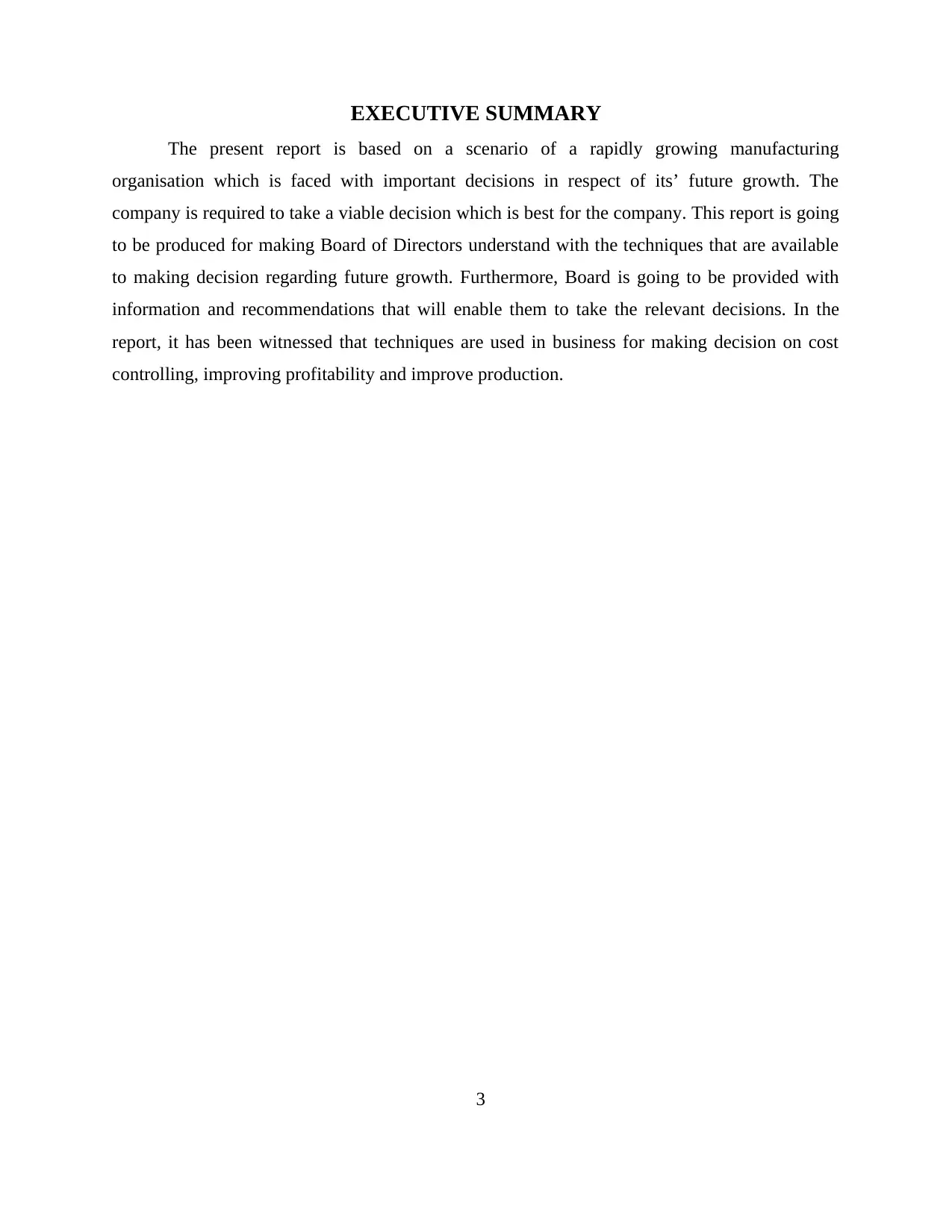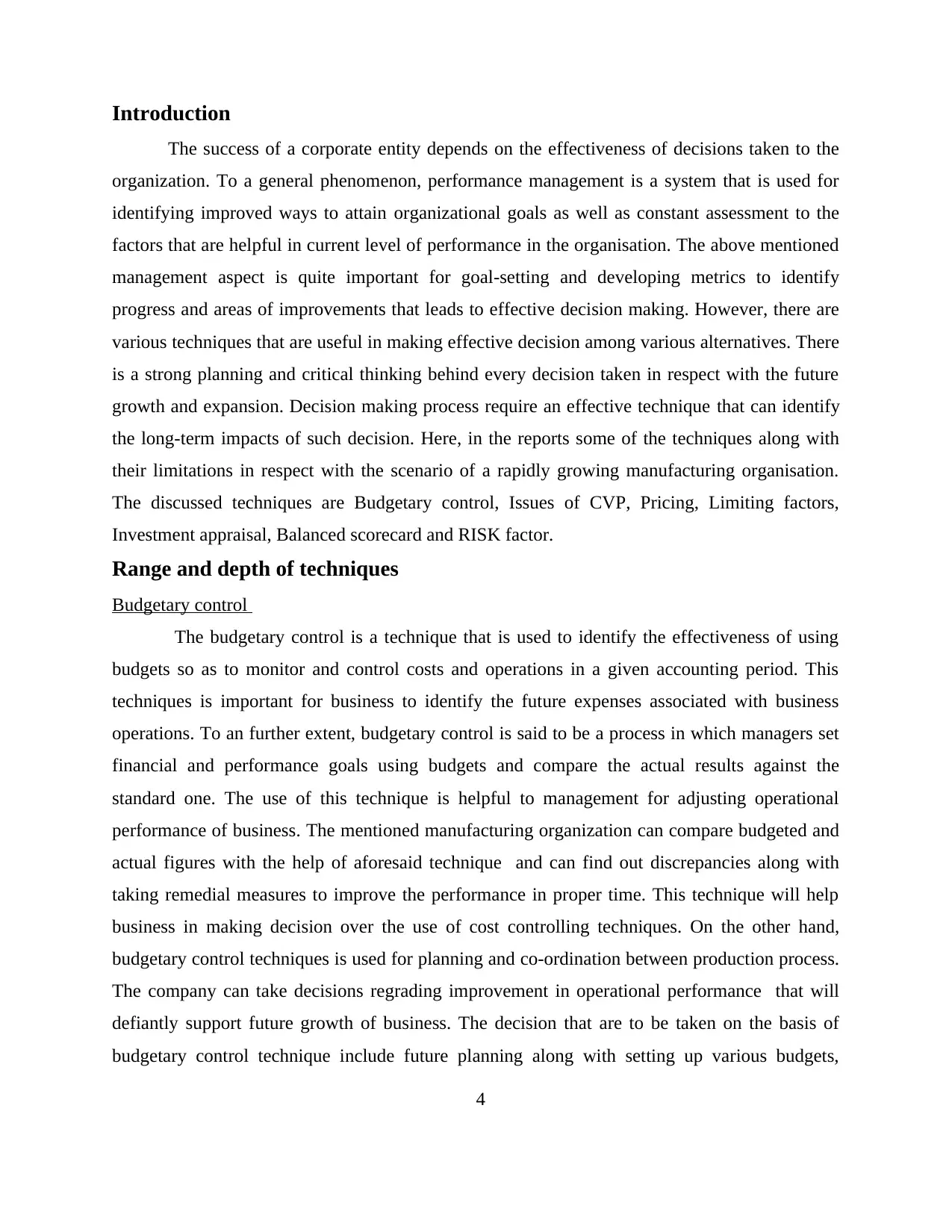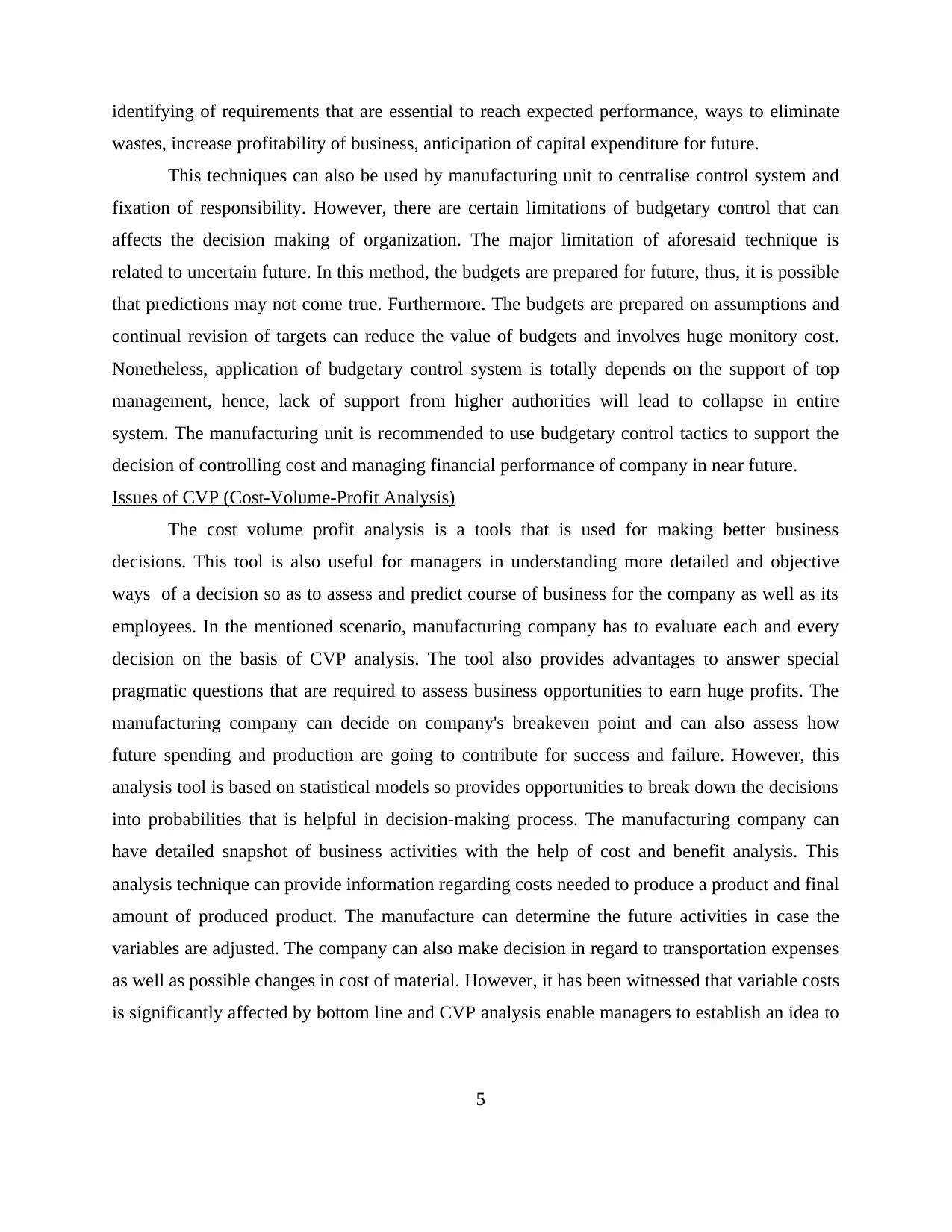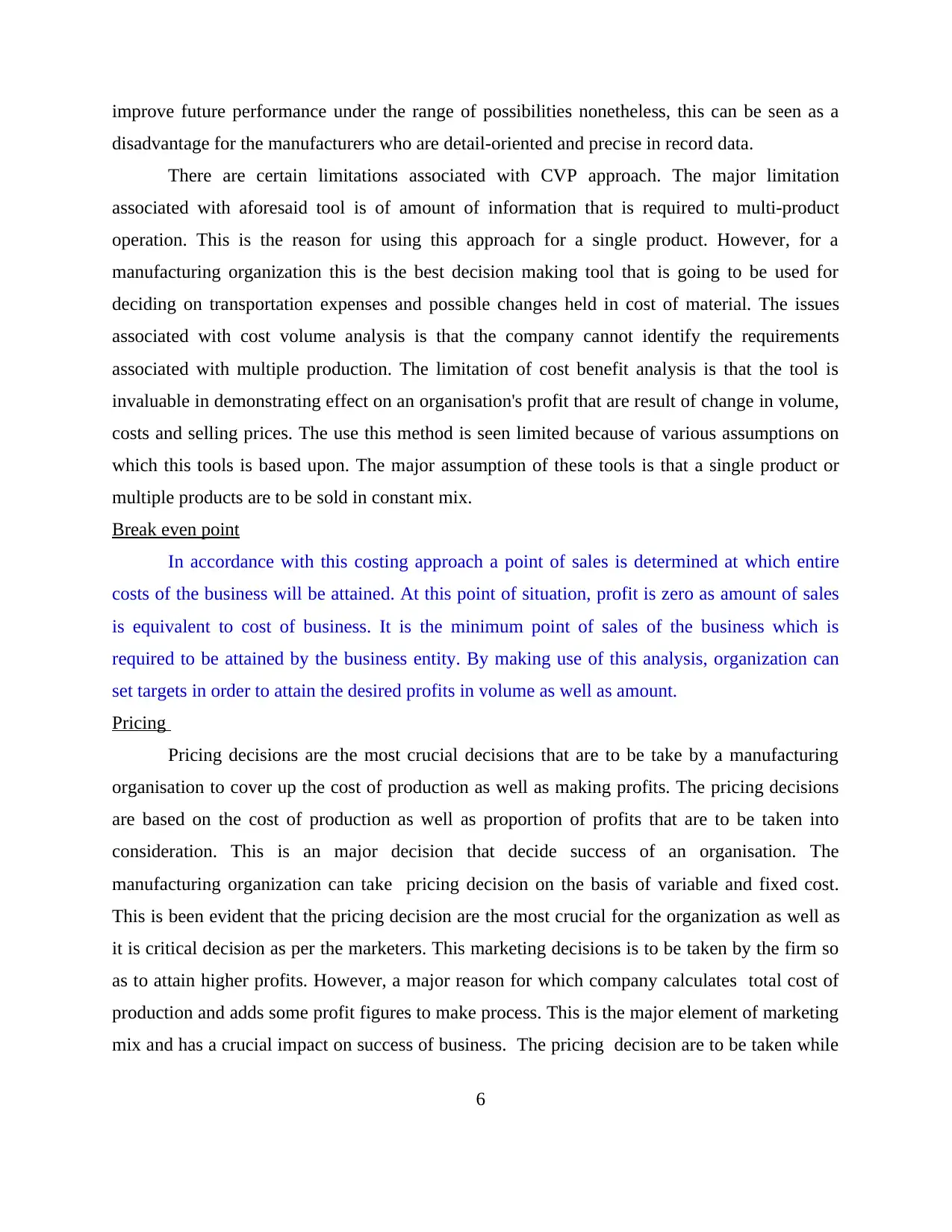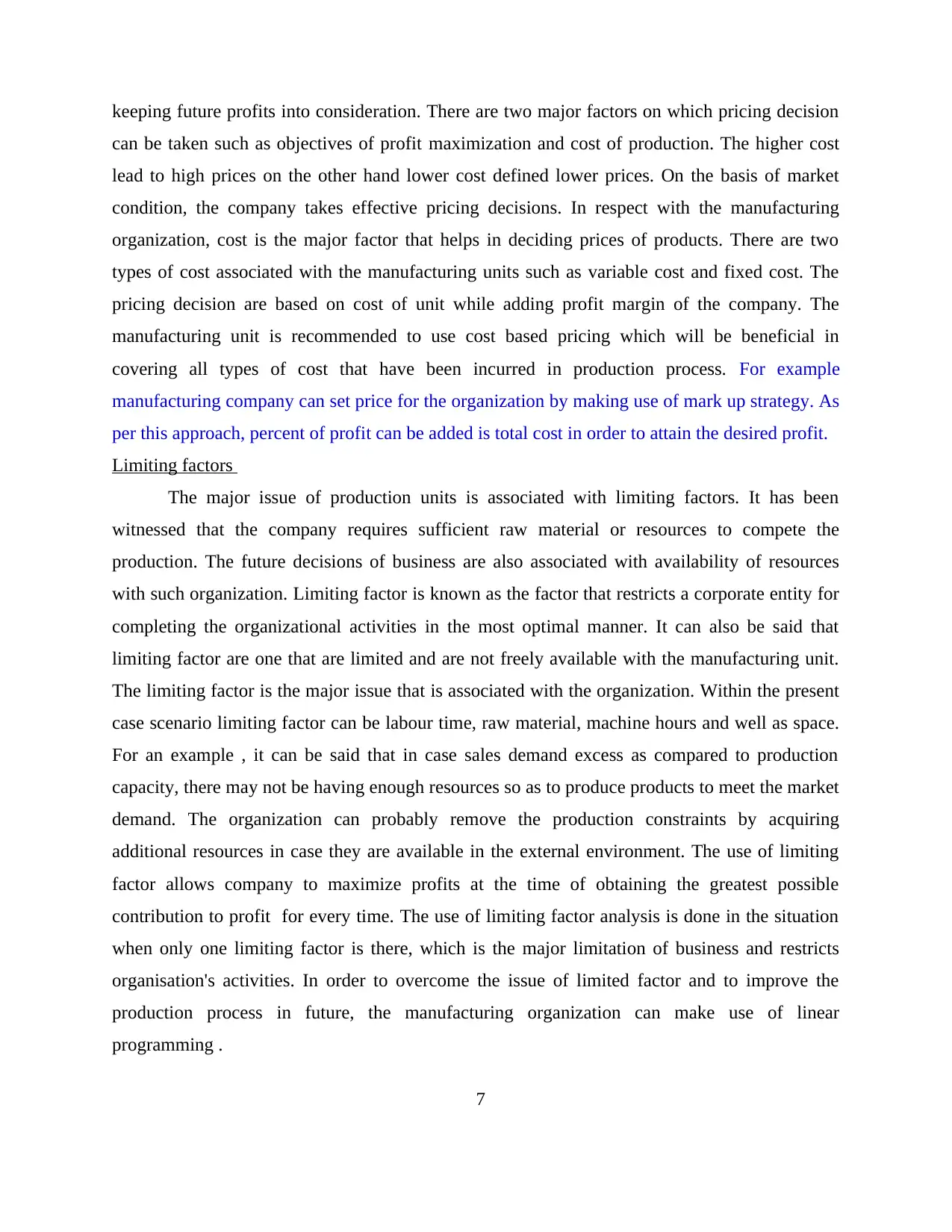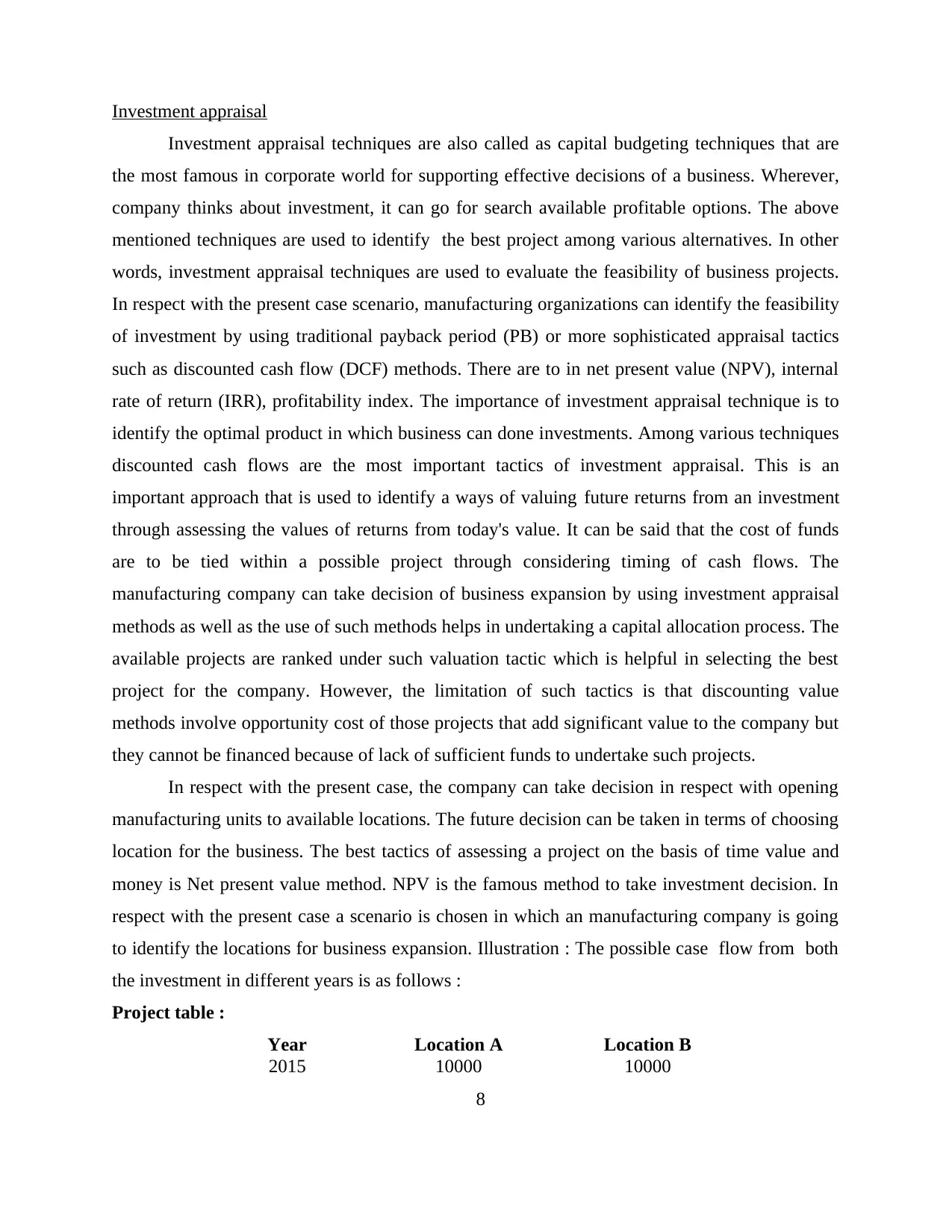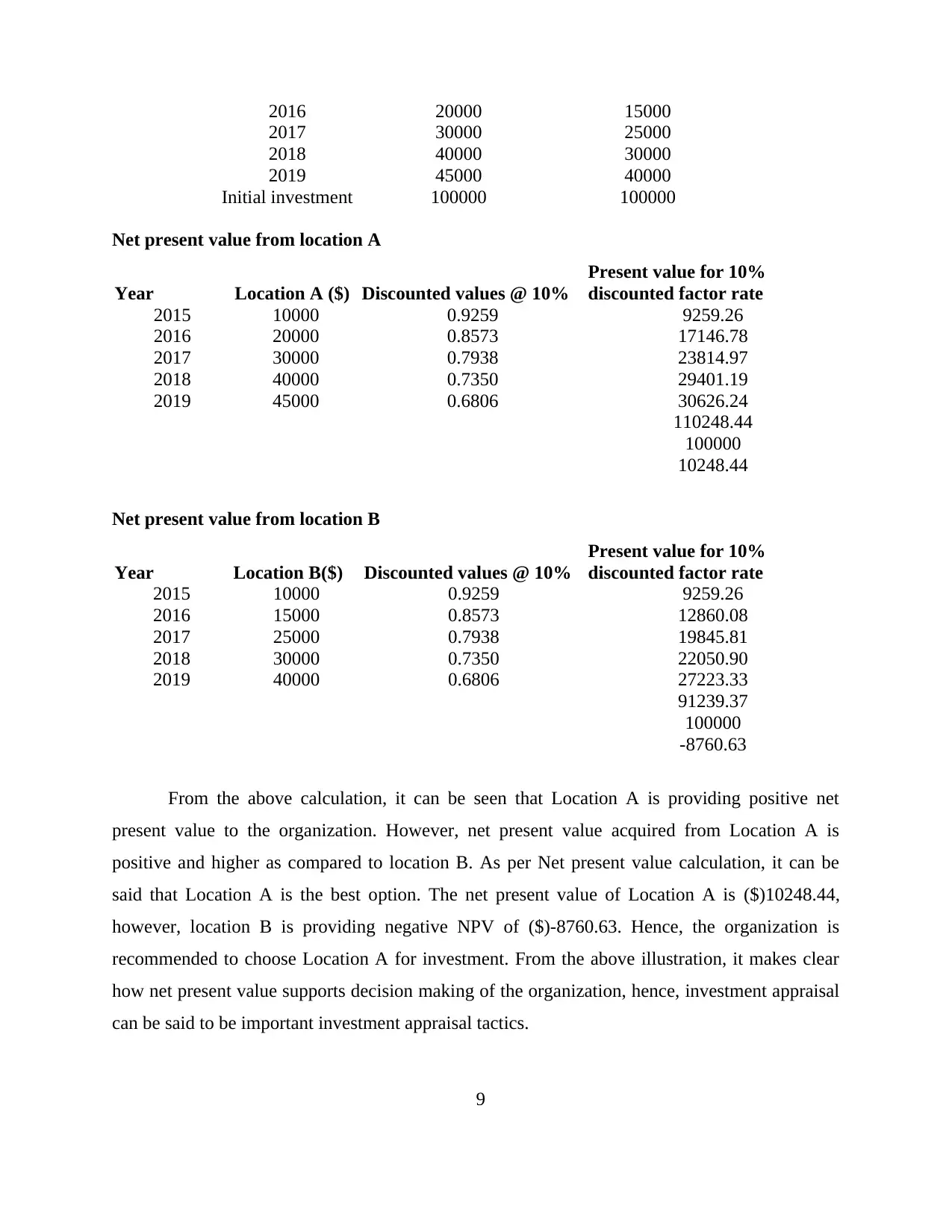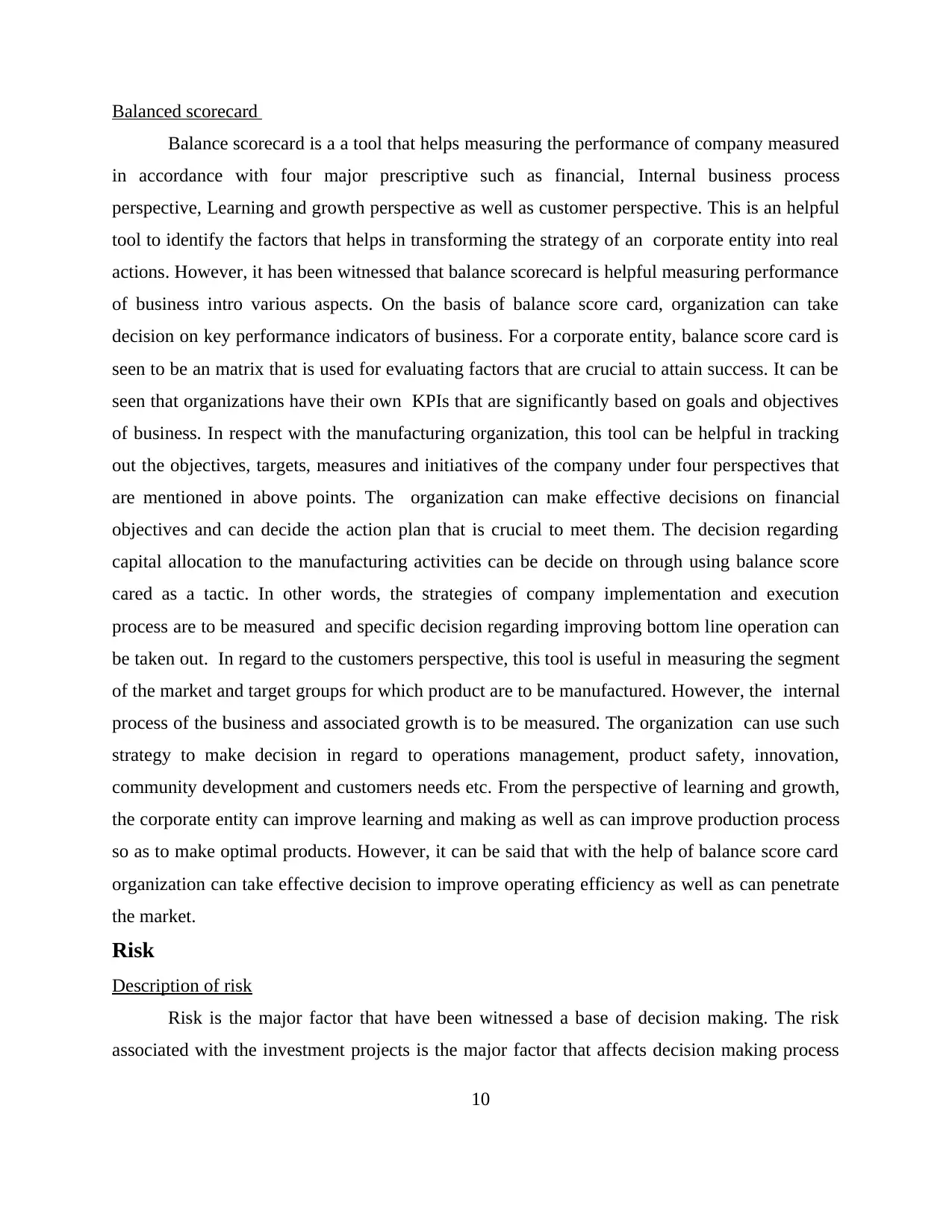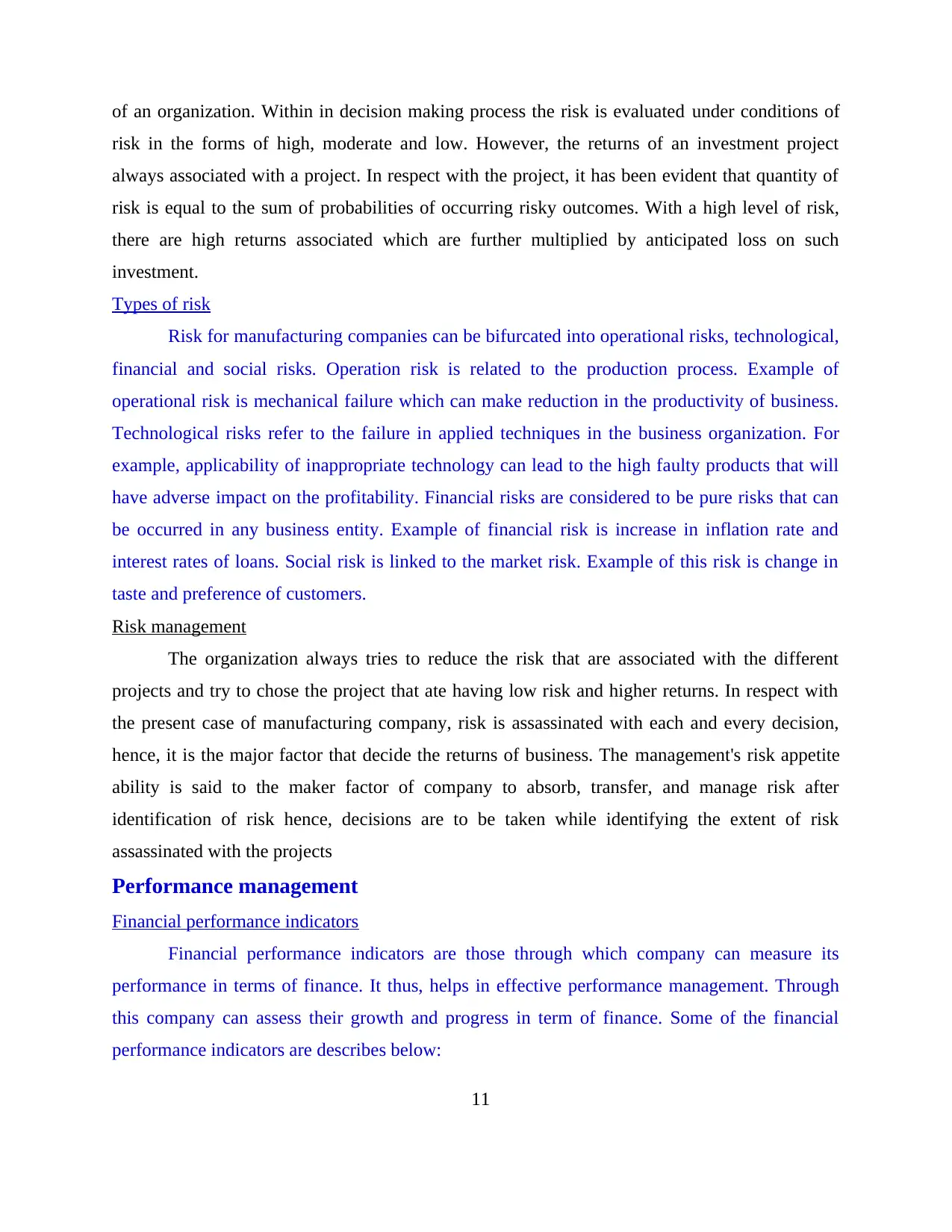The major factor that affects decision-making in an organization is risk, which can be evaluated under conditions of high, moderate, and low risk. The returns of an investment project are always associated with a project, and the quantity of risk is equal to the sum of probabilities of occurring risky outcomes. The article also discusses two types of risk, operational risks related to production processes and technological risks due to failures in applied techniques. Financial risks refer to pure risks that can occur in any business entity, while social risks are linked to market risk. The organization tries to reduce risk by choosing projects with low risk and high returns. Risk management is also discussed as a crucial factor in decision-making. Additionally, the article touches on performance management, including financial performance indicators such as profits and stock turnover ratio, non-financial performance indicators like employee performance, quality, and customer satisfaction, and divisional performance management. Finally, transfer pricing is introduced as an approach to set prices for goods and services sold within the organization.
![[object Object]](/_next/static/media/star-bottom.7253800d.svg)
![[object Object]](/_next/static/media/star-bottom.7253800d.svg)
